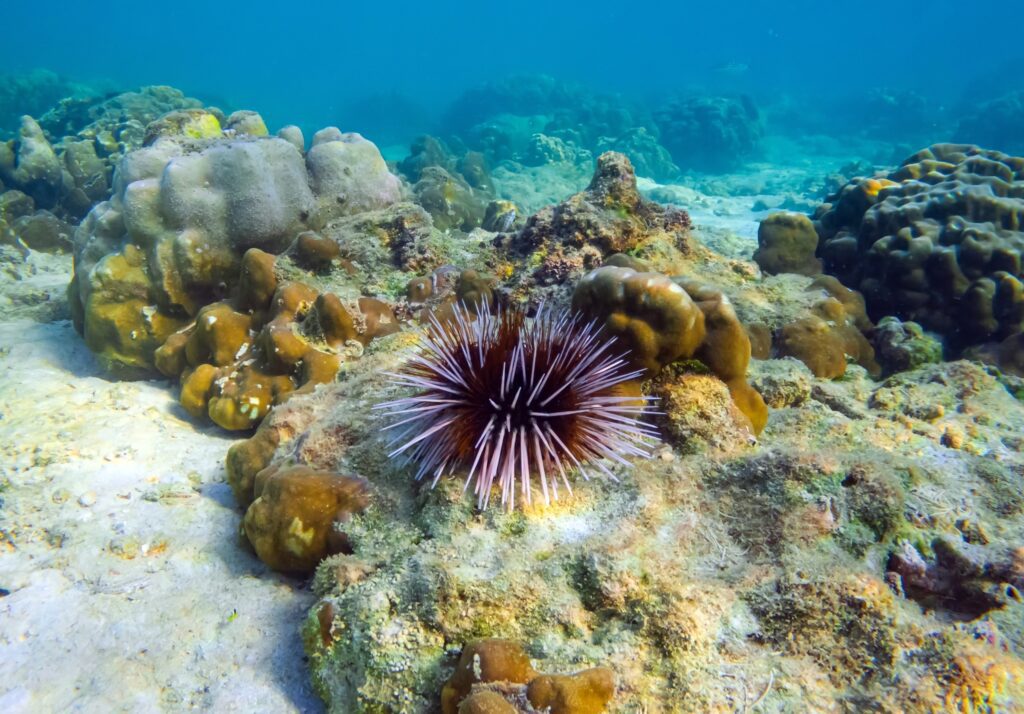The invasion of spiny sea urchins in Hawaii’s coral reefs poses a significant threat to these vital ecosystems. Research indicates that rising sea urchin populations, driven by warming oceans, pollution, and declines in predatory fish, are causing rapid coral erosion. Sea urchins feed on the limestone that protects coral, undermining reef structures as their numbers surge to alarming densities.
Particularly affected is Honaunou Bay, where coral growth has significantly decreased, inching close to a critical threshold for sustainable growth. The decline in water quality due to agricultural runoff and urban pollution exacerbates these challenges, making corals more vulnerable to stressors like climate change, which induces bleaching and reduces growth rates.
Moreover, the decline of both predatory and herbivorous fish contributes to an imbalance that allows sea urchin populations to flourish unchecked, leading to increased competition with corals for space and resources. This degradation affects coastal communities reliant on reefs for protection and tourism, emphasizing the cultural and economic importance of healthy reefs.
Urgent conservation actions are needed, including better fishery management to restore predator populations, stricter regulations on fishing, and community engagement in conservation efforts. A collaborative, integrated approach addressing water quality, climate impacts, and fish populations is essential to safeguarding Hawaii’s coral reefs for future generations.
Source link


